Lauren Wolk, author of 2017 Newbery Honor Book Wolf Hollow and the recently published Beyond the Bright Sea, talks about the power of novels in the classroom.
There are all kinds of teachers and all kinds of labels for them. When I taught high school English and Creative Writing, I thought of myself as a “Pragamatic Smorgasbordist.” I laid out the banquet and decided which of the dishes were required, but my students got to select what else to put on their plates. If the main dish was, say, Hamlet, and the main assignment was an essay, the students decided what else might help them enjoy and benefit most from the meal. We all read and watched the play or one or more of the film versions. But some also read Tom Stoppard’s Rosencrantz and Guildenstern Are Dead. Others conducted research to help them understand the time and place in which Shakespeare set the play. Or they investigated other art inspired by his work.

When it came time to respond to Hamlet, all of them wrote the essay. Beyond that, they followed their own interests to enrich the learning experience. Some chose to write a soliloquy, perhaps by Ophelia as she drowned herself, or by the ghost-king upon the death of his son. Some created a piece of visual art that conveyed their understanding. Still others presented their research to the class. All of them taught me a lot.
At other times, I was the one who set the whole menu, but I made sure it appealed to a variety of palates. When I led my students through their reading of Toni Morrison’s Beloved, I devoted class time to a recording of Billie Holiday singing Strange Fruit, a poem written and later set to music by teacher Abel Meeropol after he saw a photograph of black men who had been lynched. And we watched Amistad. And we read poetry. And then, after we read Beloved, we watched the film version. And we did all those things and more because a book like Beloved and a topic like racism deserve oceans of time and attention and as much emotional and intellectual engagement as we can foster.
Teaching Wolf Hollow and Beyond the Bright Blue Sea

 I would like to think that my books might help children understand and cope with issues like bullying and injustice, prejudice and persecution. I hope that teachers might see, in Wolf Hollow, a complement to discussions about world wars one and two, the Great Depression, discrimination and the abuse of power. I picture children reading Beyond the Bright Sea and learning about one of the coarsest threads in our nation’s fabric: the persecution of those we fear. Readers have said that Beyond the Bright Sea brought to mind the internment of Japanese-Americans, among other injustices. The book might also illuminate how today’s children have a lot in common with a girl living in 1925 on an island in the Atlantic, not because they’ve experienced the sea or island life but because they know what it is to be small in a big and often challenging world.
I would like to think that my books might help children understand and cope with issues like bullying and injustice, prejudice and persecution. I hope that teachers might see, in Wolf Hollow, a complement to discussions about world wars one and two, the Great Depression, discrimination and the abuse of power. I picture children reading Beyond the Bright Sea and learning about one of the coarsest threads in our nation’s fabric: the persecution of those we fear. Readers have said that Beyond the Bright Sea brought to mind the internment of Japanese-Americans, among other injustices. The book might also illuminate how today’s children have a lot in common with a girl living in 1925 on an island in the Atlantic, not because they’ve experienced the sea or island life but because they know what it is to be small in a big and often challenging world.
I think that Wolf Hollow and Beyond the Bright Sea might also prove useful to educators as they teach children about metaphors and microcosms, symbolism and point of view. When I ask kids to tell me what a metaphor is, they reply, almost always in these exact words, “A comparison that doesn’t use ‘like’ or ‘as.’” They know the definition, but they have trouble explaining what a metaphor is or why it is one of the writer’s most powerful tools. So I say to them: “If growing up is painful for the Southern Black girl, being aware of her displacement is the rust on the razor that threatens the throat.” And we talk about why Maya Angelou would make that comparison—offer that metaphor—to help her readers understand her life. They always have important insights that make our conversations memorable and rewarding. And they frequently cite metaphors in Wolf Hollow, such as how Betty is both the blossom and the frost that kills it.
It’s difficult to learn concepts or constructs when they are presented in isolation. I’m a big fan of teaching things in context. That’s how we learn best. That, and through mutual respect.
A few days ago, I met with some students at a school in Wellesley, Massachusetts. They thanked me for trusting them with a book like Wolf Hollow. A story with big issues, darkness, sorrow. And “big words,” too. “You didn’t talk down to us,” they said. “We liked that.” There was plenty of two-way respect in that conversation.
I’ve always found that if I respected my students and trusted them to help make decisions about their education, they learned more and they were happier in the process.
A synonym, then, for “Pragmatic Smorgasbordist” might be “Personalized Educator.” Either way, I was that kind of teacher, which is why I believe that all kinds of art, including literary art, should be part of every classroom at every grade level, no matter the subject, from math to science to history and language arts.
Visual, literary, and performing arts aren’t the only powerful complements to the textbook or the only components to a robust lesson plan, but they’re part of a balanced diet. And they’ll often satisfy even the hungriest kid, helping her grow into a healthy, productive, thoughtful, intellectually curious, and creative lifelong learner. Which is, after all the goal of every teacher, no matter what the label says.


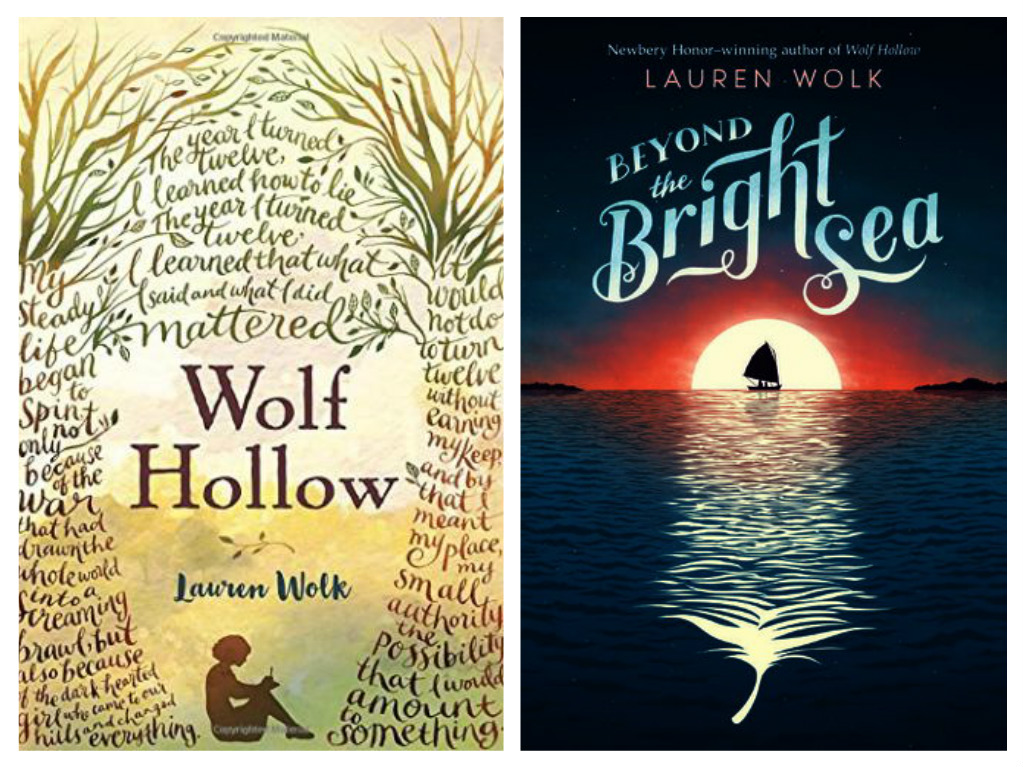

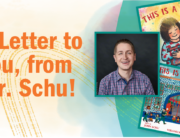
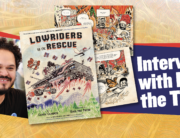
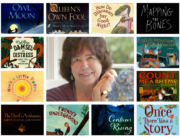
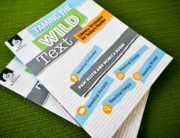
[…] From Booksource Banter: Lauren Wolk on Teaching Wolf Hollow and Beyond the Bright Sea […]